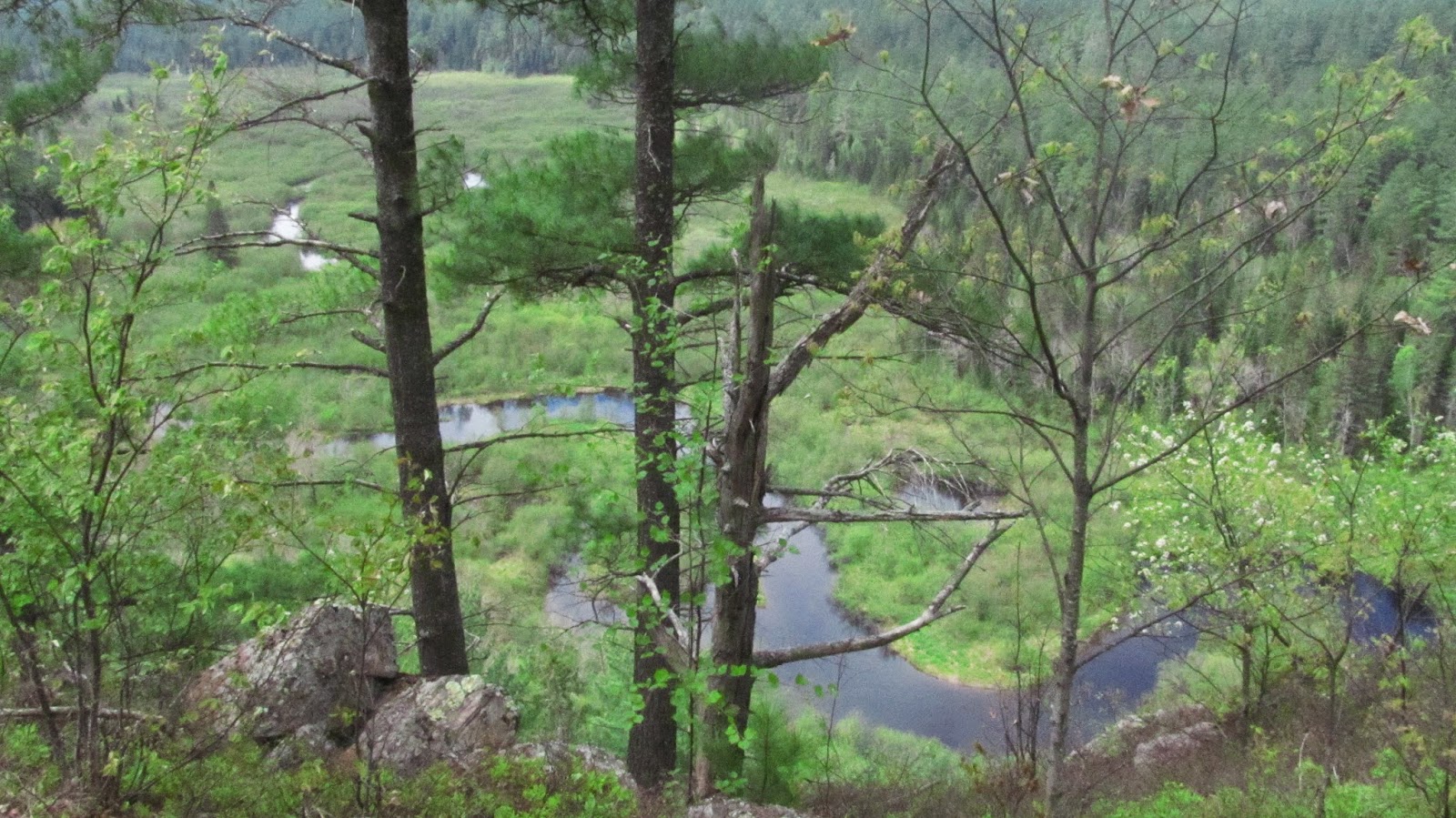So yesterday E. and I went for a long walk to the Experimental Farm and visited the arboretum, the Fletcher Wildlife Garden, and the Ornamental Gardens. Today I would like to share some of the photos I took at the Fletcher Wildlife Garden and talk a bit about the plants there.
In the butterfly meadow the
Lupinus spp. (lupines, family
Fabaceae) especially were making a remarkable and highly appealing display. Lupines have a number of interesting uses and characteristics which can be easily read about
on the wikipedia page.
 |
| Lupinus sp. |
Lupines are of course being planted in the butterfly meadow because of their appeal to a number of butterfly species both as habitat and as a source of food. We saw only one butterfly while visiting, a
Papilio canadensis (Canadian tiger swallow-tail).
We did see a number of other pollinators foraging at the meadow, including a large number of
Bombus spp. workers diligently collecting from the lupines.
 |
| Bombus sp. on Lupinus sp. |
One thing that I noticed was that the Fletcher Wildlife Garden was absolutely overflowing with
Cynanchum rossicum (dog-strangling vine, family
Apocynaceae), which is a pretty competitive invasive species native to southern Europe.
 |
| C. rossicum |
C. rossicum
is a well-known problematic invasive species and is particularly
worrisome at the Fletcher Wildlife Garden because I saw quite a lot of
it near the butterfly meadow and it is known to choke out flowers which
house and feed butterflies. It is also exceedingly difficult to control.
I also saw a lot of
Symphytum officinale (common comfrey, family
Boraginaceae)
- no pictures unfortunately. It, like
C. rossicum, is an introduced
species in North America which now spans most of the continent and is
native originally to Europe.
Another invasive species we noticed was
Cynoglossum officinale (hound's tongue, family
Boraginaceae), which is native to eastern Europe/Asia. It has spread across most of the North American continent now (range maps can be viewed at the
USDA species profile).
 |
| C. officinale |
One might, at this point, wonder why so many introduced species at the Fletcher Wildlife Garden. This is a complicated question that has been asked (and continues to be investigated) by many ecologists. A well-accepted view is that these species fare particularly well in areas which have experienced some form of disturbance (human or otherwise); the Fletcher Wildlife Garden is located at the Experimental Farm, which is of course in the middle of Ottawa, so we can be fairly well-assured in assuming that the principal source of disturbance in this case is human activity. Roads, of course, constitute a major corridor for the movement of invasive species.

























